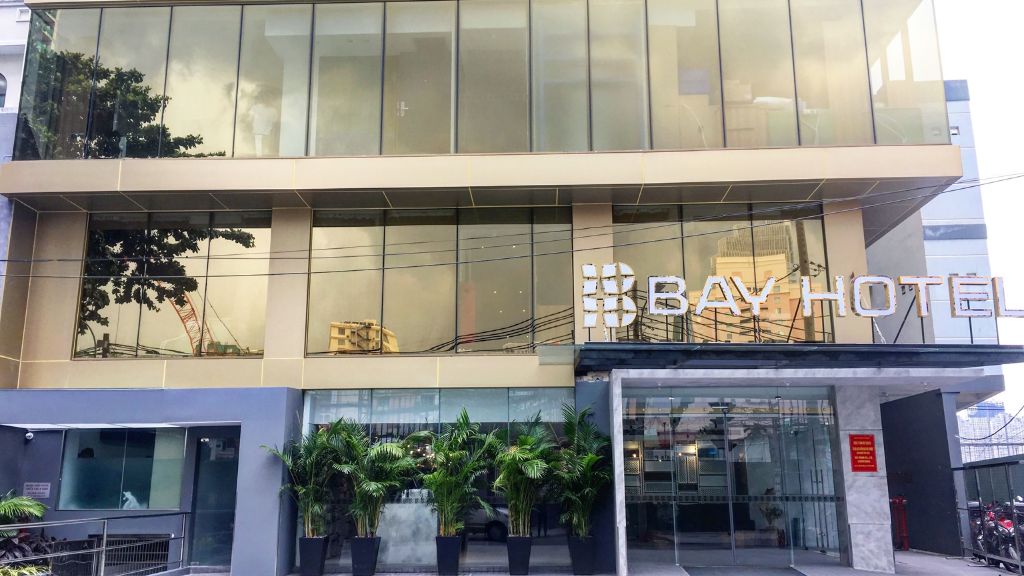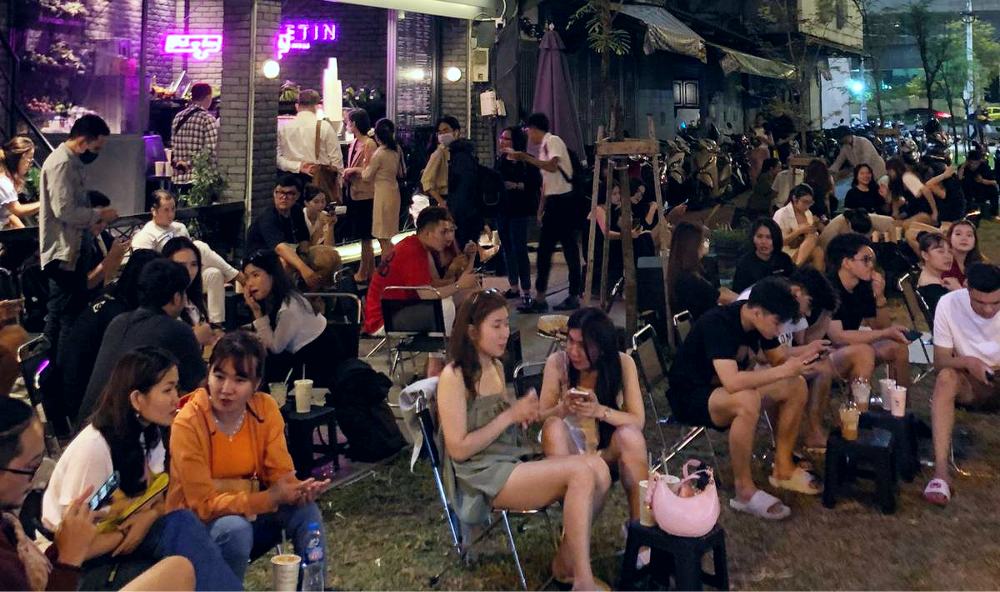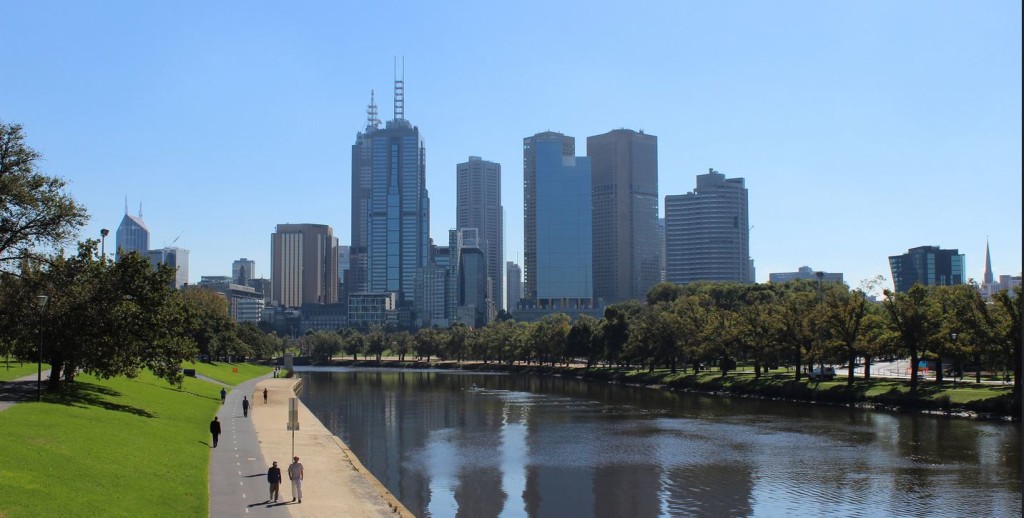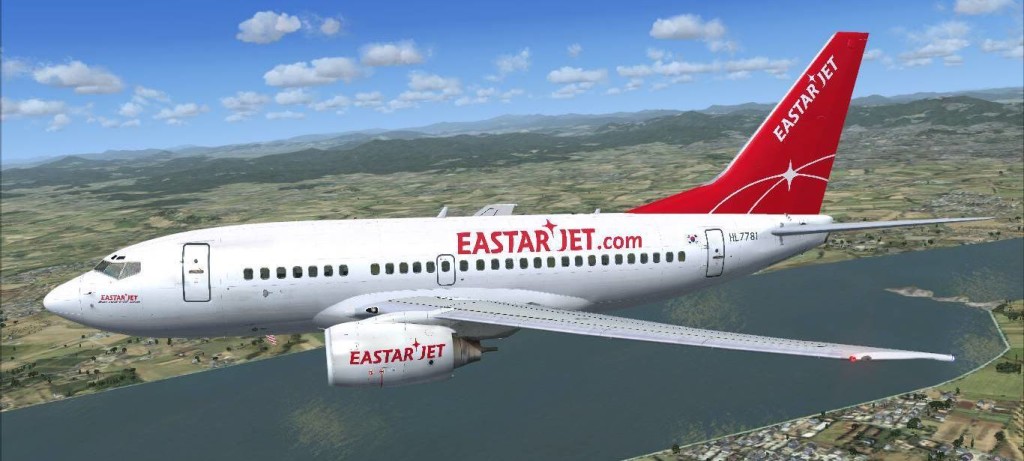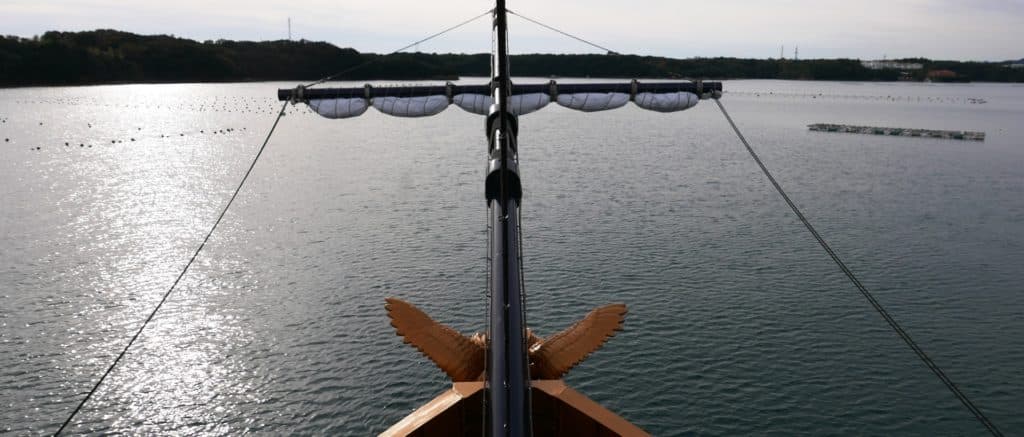This trip with a group of friends to central Vietnam was originally planned for February 2020. But COVID-19 came along to put the plan on ice. Since Vietnam has just opened its borders we decided to reinstate the plan and this time include Ho Chi Minh City since fares are cheaper compared to flying direct to Danang. We booked a return flight from Singapore on Singapore Airlines costing SGD250 which was about a third cheaper than flying to Danang at the time of booking, then subsequently fly to Danang, Dalat and back to HCMC to take advantage of cheaper domestic flights.
We took the first flight out of Singapore (SQ178) and arrived in Ho Chi Minh City at 11am local.
Ho Chi Minh City in Brief
Ho Chi Minh City, previously known as Saigon, is a vibrant and bustling metropolis located in southern Vietnam. The city is famous for its rich history, vibrant culture, delicious cuisine, and unique blend of historic and modern attractions. Visitors can explore its charming colonial architecture, wander through lively markets, sample local street food, and experience the frenetic energy of this dynamic city. From historic landmarks to modern shopping centres and bustling nightlife, HCMC seems to have something for everyone.
This was my first time in HCMC. I found the city more messy, dirty and lacking in character compared to Hanoi.
We stayed at the Bay Hotel for 2 nights. It is located in District 1, a vibrant central business district within walking distance to prime attractions like Ben Thanh Market, Saigon Opera House, and Notre-Dame Cathedral.
District 1 is also home to many good restaurants and cafes. We had a memorable steak dinner at El Gaucho (Le Loi branch) grilled perfectly to our preference.
We spent the first day taking in the sights, sounds and smells of Ho Chi Minh City, warts and all.
Cu Chi Tunnel
The next day we booked a guided tour to Cu Chi Tunnels and Cao Dai Temple. Tour started at 8 am from the Sinh Tourist office at 246 De Tham Street and returned at 5pm. Tour costs VND1,200,000 per person (~SGD70) inclusive of lunch.
The Cu Chi Tunnels are an extensive network of underground tunnels located in the Cu Chi district. They were used by the Viet Cong guerrilla fighters during the Vietnam War as hiding spots, supply routes, and also housed living quarters. It is amazing how they could live in such small spaces.
The tunnels were first dug during the late 1940s against the French colonial forces and were later expanded during the Vietnam War. They became a key factor in the success of the Viet Cong’s military operations, allowing them to launch surprise attacks and evade capture.
We can now explore these narrow and dark tunnels, some of which have been well preserved. We learned a lot about the history of the war, the resilience of the Vietnamese people, and witness demonstrations of the guerrilla tactics used during the conflict from our knowledgeable guide.
Cao Dai Temple
Next, the tour brought us to the Cao Dai Temple, a unique religious site located in Tay Ninh Province, an hour’s drive west of Cu Chi. The temple is the center of the Cao Dai religion, which is a syncretic religion that blends elements of Buddhism, Taoism, Confucianism, and Christianity.
The Cao Dai religion was founded in 1926 by Ngo Van Chieu, a Vietnamese government official who claimed to have received divine revelations. The religion grew rapidly and gained a significant following, with its headquarters established in Tay Ninh Province.
The Cao Dai Temple itself is an impressive architectural masterpiece, with its ornate façade adorned with colorful tiles, sculptures, and mosaics. The temple’s interior is equally impressive, featuring intricate carvings, murals, and altars.
Cao Dai followers believe in a universal God who communicates with humanity through saints and intermediaries, including Buddha, Confucius, and Jesus Christ. They also believe in reincarnation and karma, and they practice meditation, vegetarianism, and charitable works.
The Cao Dai religion played an important role in Vietnamese society during the French colonial period and the Vietnam War. Many Cao Dai followers fought against the French and the Americans during the wars, and the religion has continued to grow in popularity in modern-day Vietnam.
Prayers are conducted four times daily in the Great Temple (suspended during Tet). It’s worth visiting during prayer sessions (the one at noon is most popular with tour groups from HCMC).
Coffee Culture in Vietnam
I love coffee. In Vietnam, coffee is not just a drink, it is a way of life. It was no surprise seeing two cafes at a street corner next to the hotel teeming with locals seated on low plastic stools spilling onto the street in the evenings.
Introduced by the French in the 19th century, coffee quickly became a popular beverage among the Vietnamese and has since evolved into a unique cultural experience. Vietnamese coffee is known for its strong, bold flavor and is typically prepared with dark roast beans. Ice coffee is the default here, so if you want it hot be sure to inform the staff.
The next morning we boarded Vietjet Air VJ324 to Danang (SGD49 pp one way).
…/continued on Part 2 – Danang, Hoi An, Hue, My Son
We booked our stay at the Bay Hotel Ho Chi Minh on Agoda.com.
- Dalat | Vietnam Trip Part 3 - May 4, 2023
- Danang, Hoi An, Hue, My Son | Vietnam Trip Part 2 - May 1, 2023
- Ho Chi Minh City, Cu Chi Tunnels & Cao Dai Temple | Vietnam Trip Part 1 - April 30, 2023
